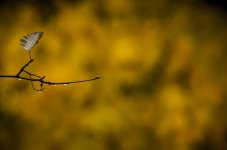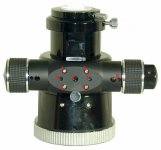Oskar Moilanen
Well-known member
Just wanted to chime in.
My scope has for no obvious reason at all totally lost collimation, I've been taking such good care of it and have never had a bump to the lens cell. Been trying out if it was sitting in the wrong threads but it didn't, noticed it the first time looking at Jupiter through one of my eyepieces, and then began searching for faults with the camera. Focus can't be reached really sharply, and a small double image is shown on photos with objects in distance.
Now it's a matter of sorting this out.
My scope has for no obvious reason at all totally lost collimation, I've been taking such good care of it and have never had a bump to the lens cell. Been trying out if it was sitting in the wrong threads but it didn't, noticed it the first time looking at Jupiter through one of my eyepieces, and then began searching for faults with the camera. Focus can't be reached really sharply, and a small double image is shown on photos with objects in distance.
Now it's a matter of sorting this out.






